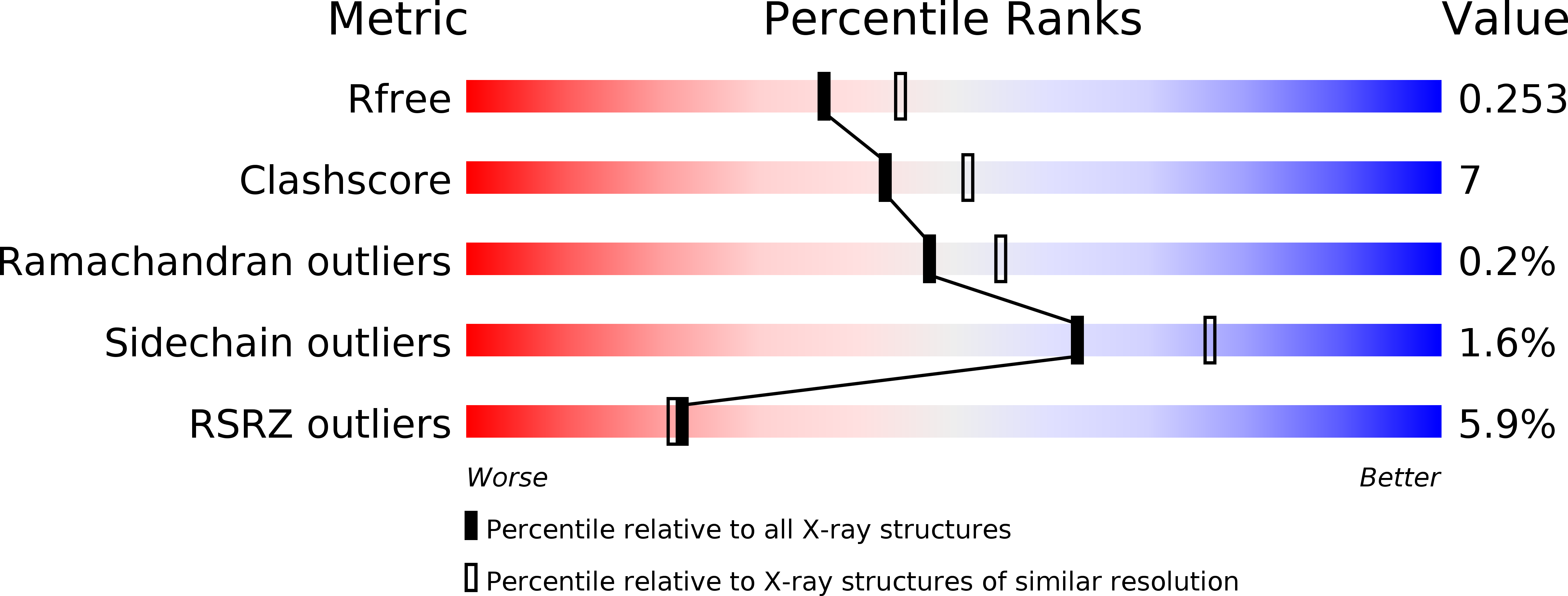
Deposition Date
2018-06-22
Release Date
2018-10-24
Last Version Date
2024-05-15
Entry Detail
PDB ID:
6GW6
Keywords:
Title:
Structure of the Pseudomonas putida RES-Xre toxin-antitoxin complex
Biological Source:
Source Organism:
Pseudomonas putida KT2440 (Taxon ID: 160488)
Host Organism:
Method Details:
Experimental Method:
Resolution:
2.21 Å
R-Value Free:
0.25
R-Value Work:
0.21
R-Value Observed:
0.21
Space Group:
P 21 21 21


